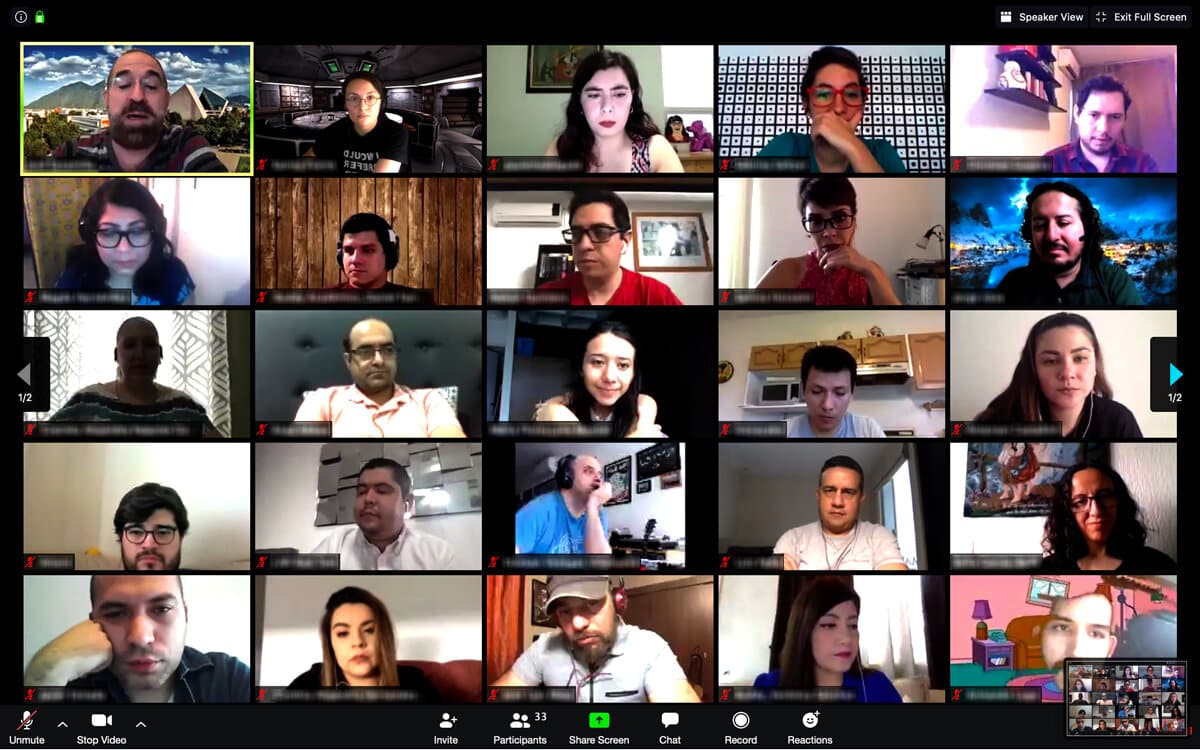Zoombombing is a type of disruptive cyber attack that involves intruders hijacking an online video conference system. The attack is characterized by the disruption of a video conference session by uninvited persons who join the meeting without authorization. Often, the intruders sabotage the meeting in some way, by posting unwanted content, making disruptive noises, or simply taking control of the host’s webcams or microphones. Zoombombing is particularly effective because Zoom, the video-conferencing platform which these attacks are most often associated with, allows people to join meetings without authentication. Consequently, intruders can use publicly available information, such as links to meetings that have been posted online or shared via email, to hijack sessions. Usually, the Zoombomber does not know the victim in advance, and the attack is directed solely at disrupting the meeting participants’ activities.
Zoombombing quickly became a frequent issue in 2020, as many users, particularly in academic and business settings, began relying on Zoom for holding video conferences due to the pandemic. In response, Zoom implemented new security features and guidelines to limit the chances of such intrusion happening. These include the use of waiting rooms which require the host of the meeting to verify the identity of participants before they enter, and the ability to limit or restrict access to meetings on the basis of email domains or passwords. Social media websites have also taken preventive measures, such as disabling links or comments containing invitation codes.
In spite of these precautions, Zoombombing still remains a concern, particularly for organisations or institutions that rely on Zoom for webinars, lectures, or online classes. In May 2021, Zoom announced that they had reached a settlement with the US Federal Trade Commission over allegations of Zoombombing, agreeing to pay $16 million and implement better security measures.
In conclusion, Zoombombing is a type of malicious cyber attack which involves infiltrating online video conferences without authorization to disrupt or cause damage to the session and its participants. This attack has become increasingly widespread since the pandemic, and it highlights the importance of taking preventive measures and implementing appropriate security features to protect users from potential intruders.






